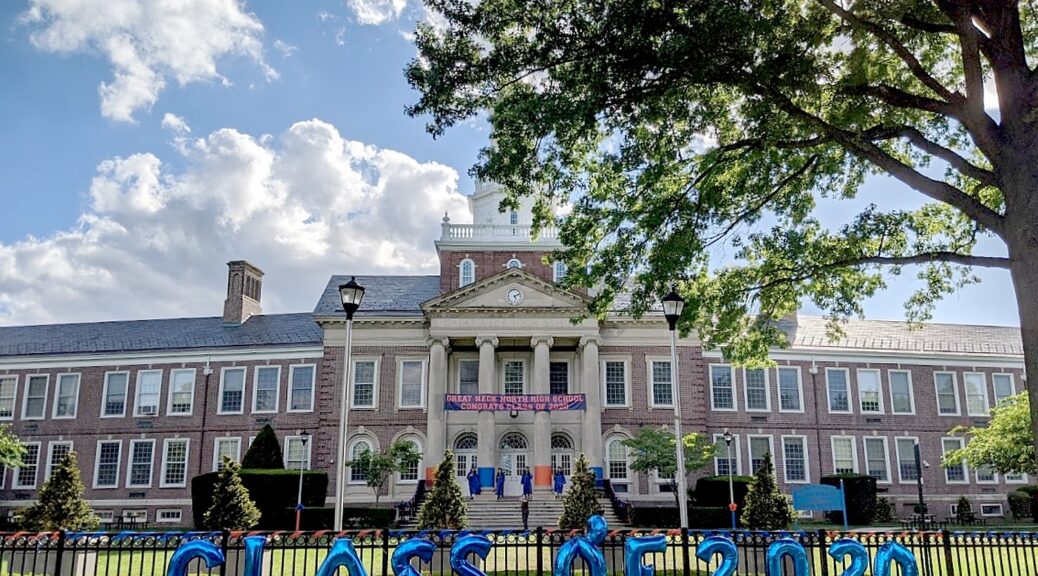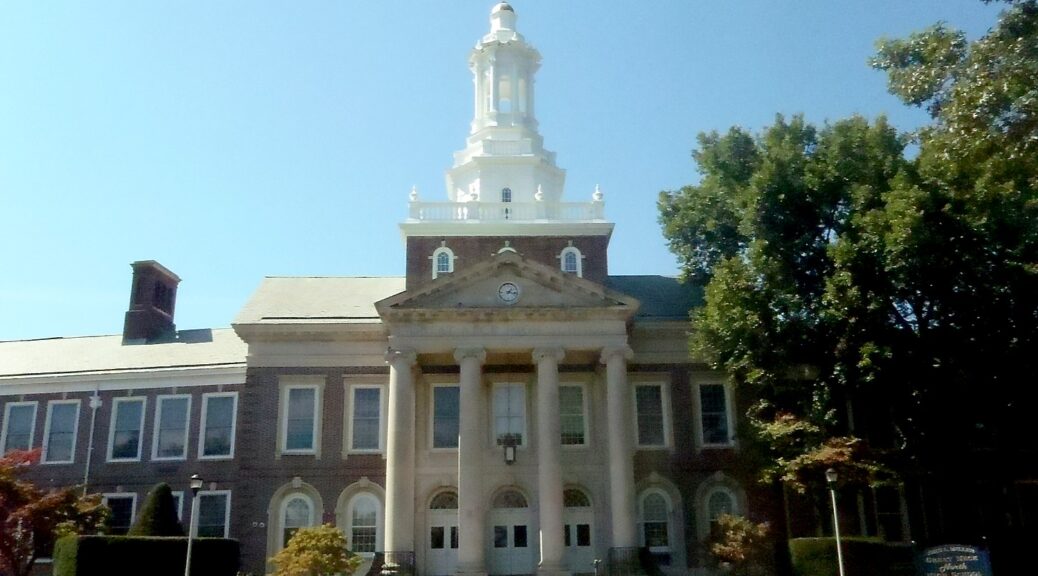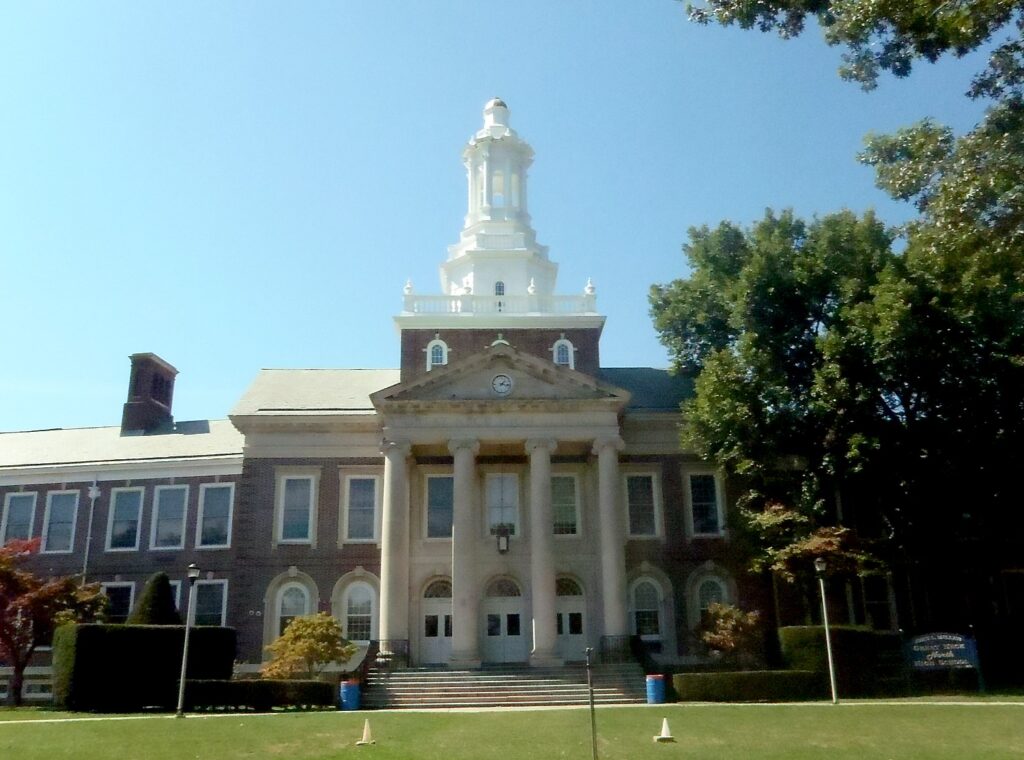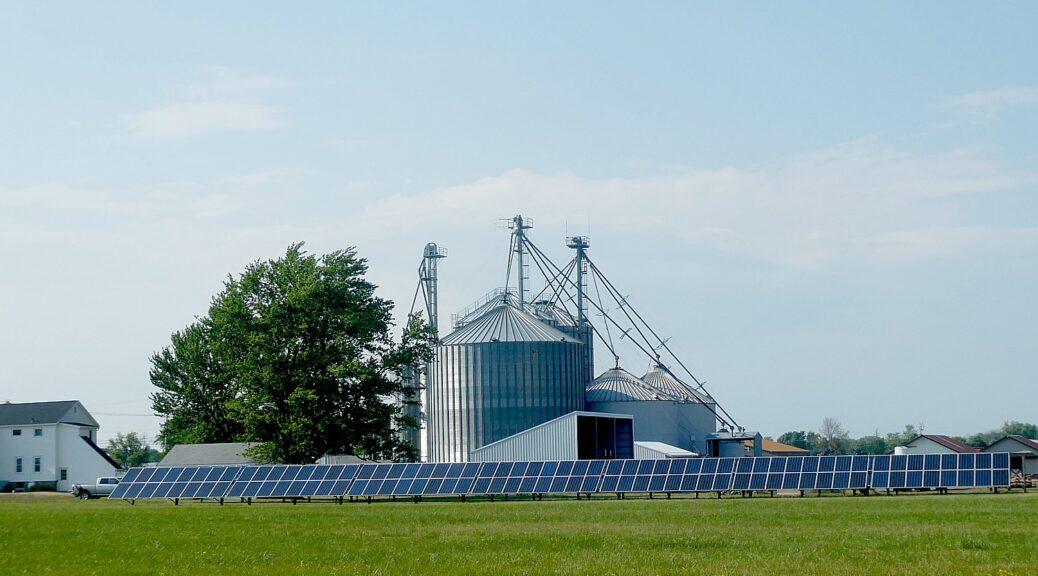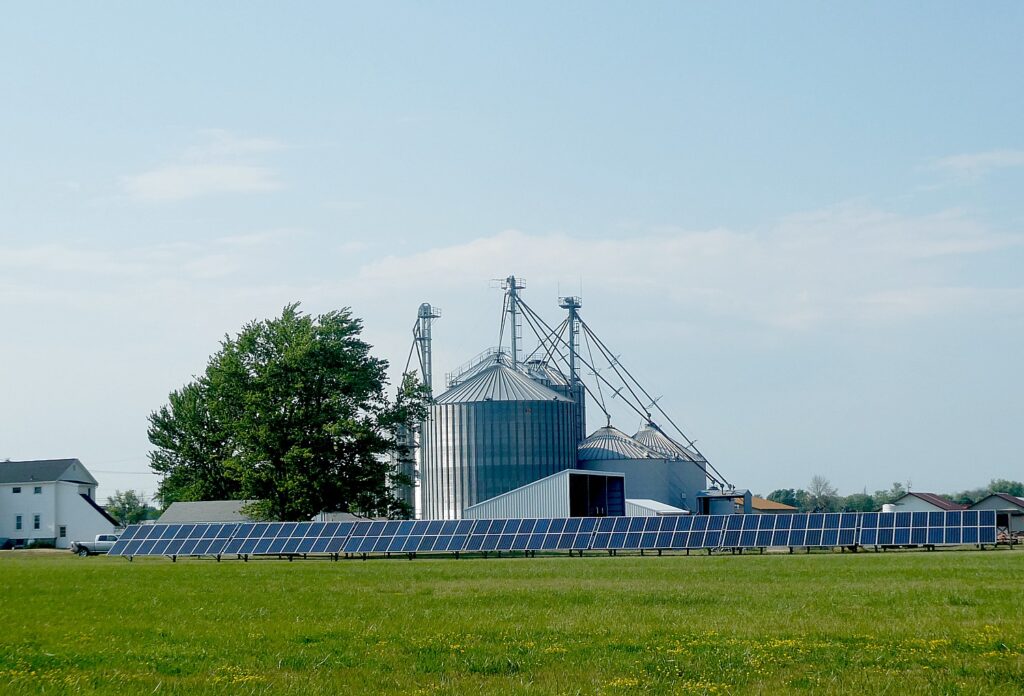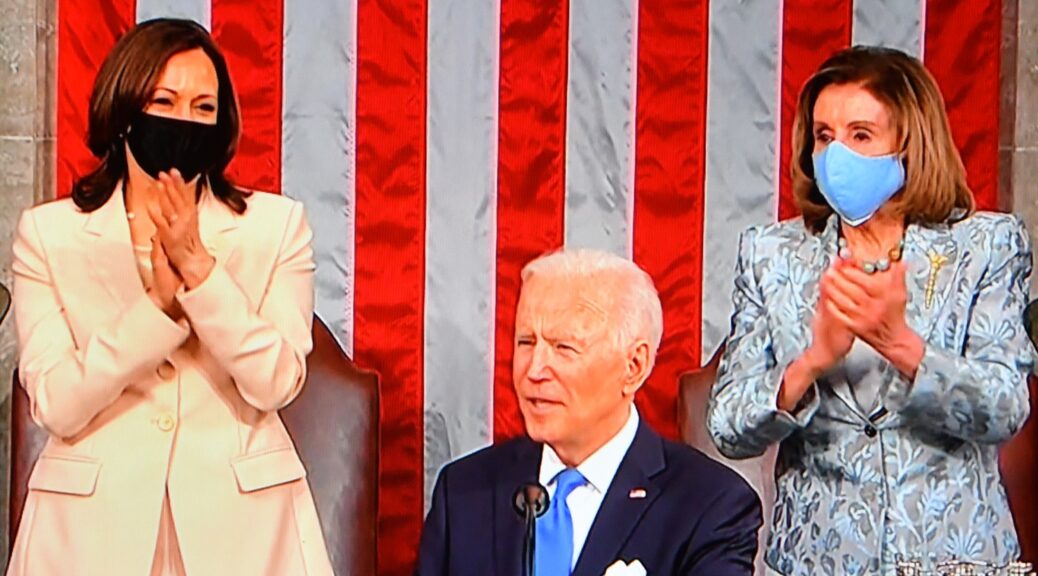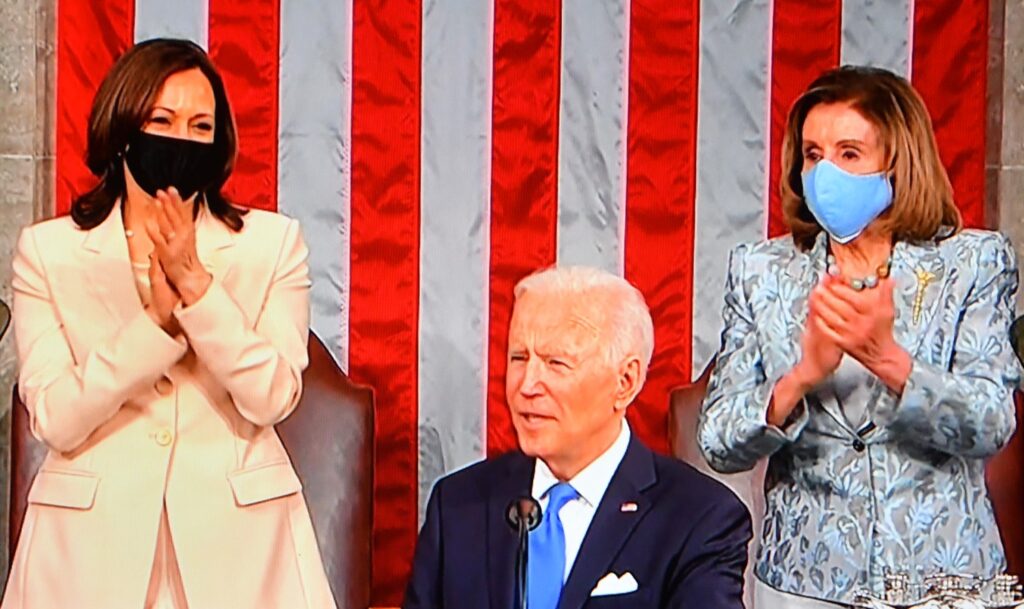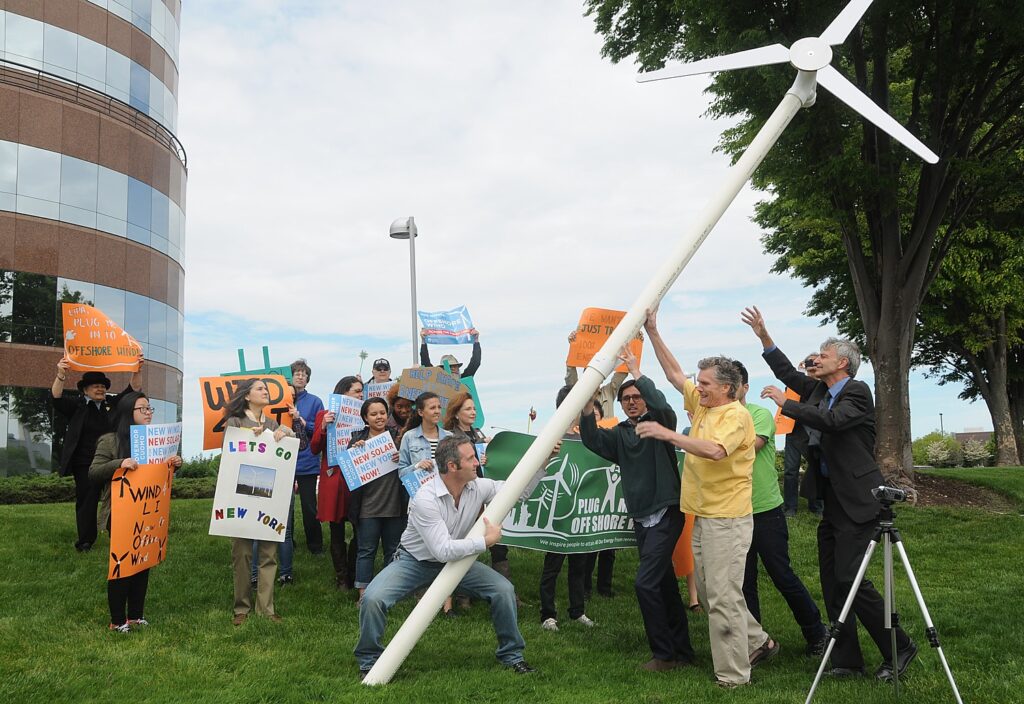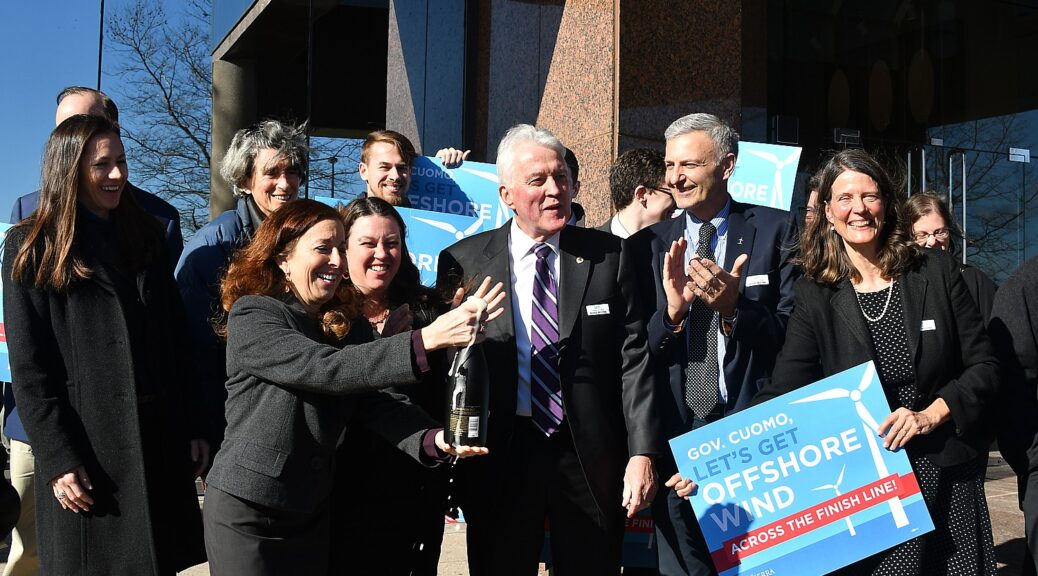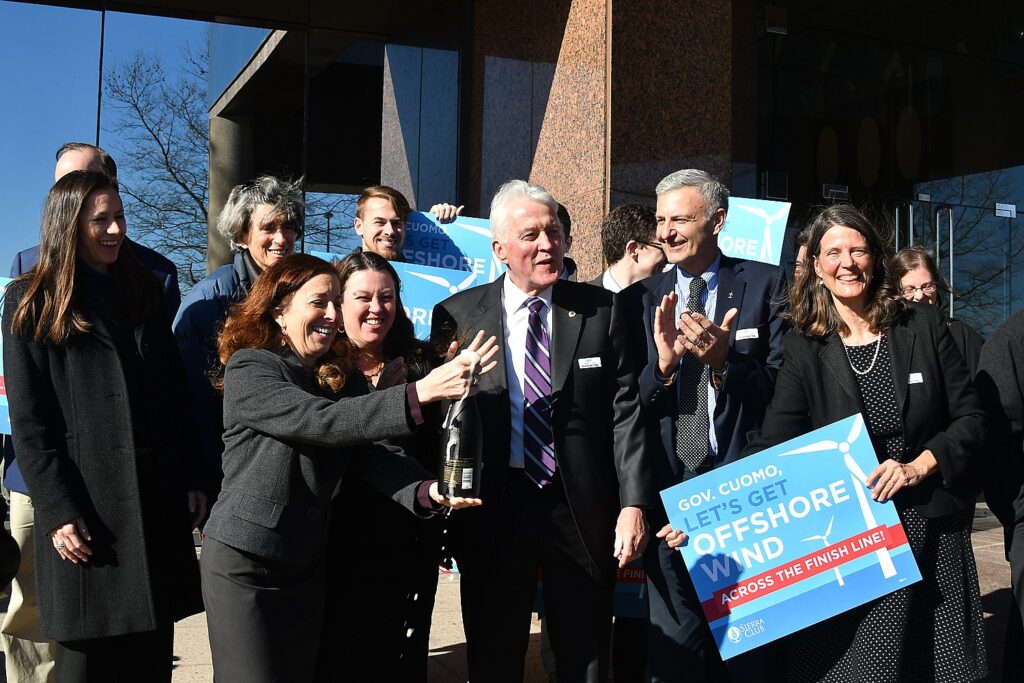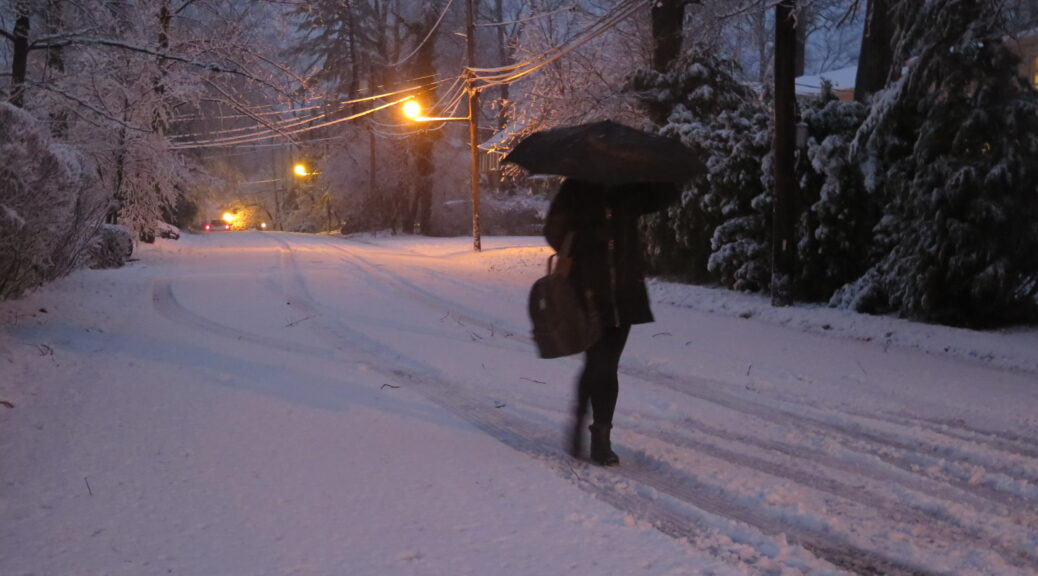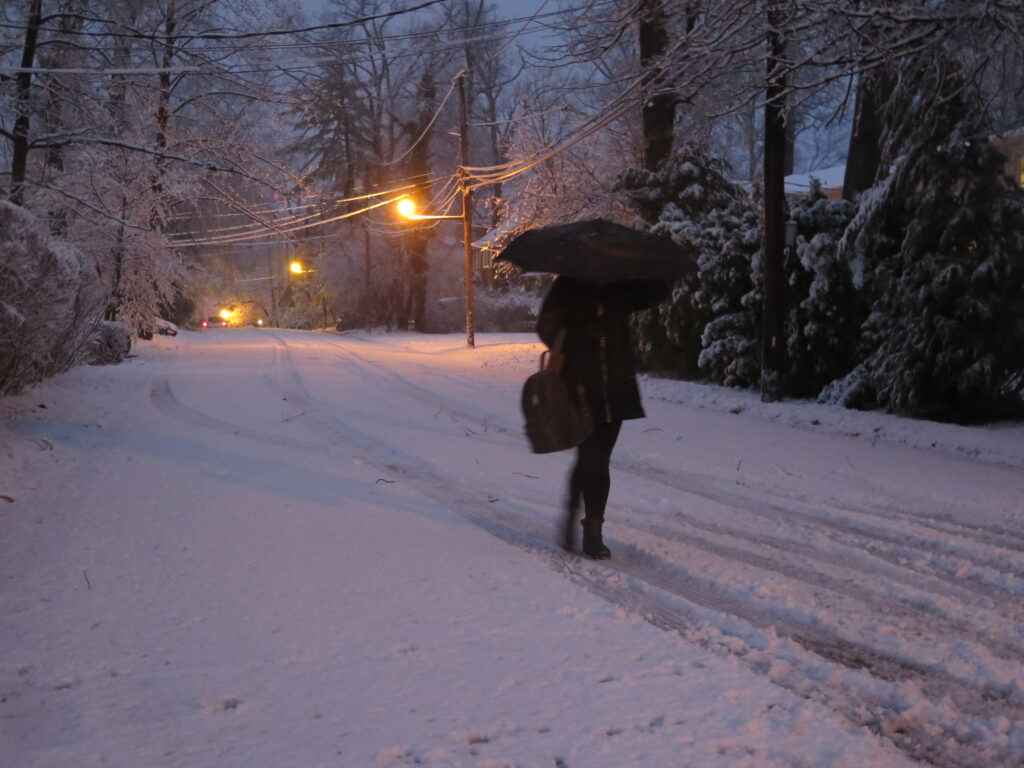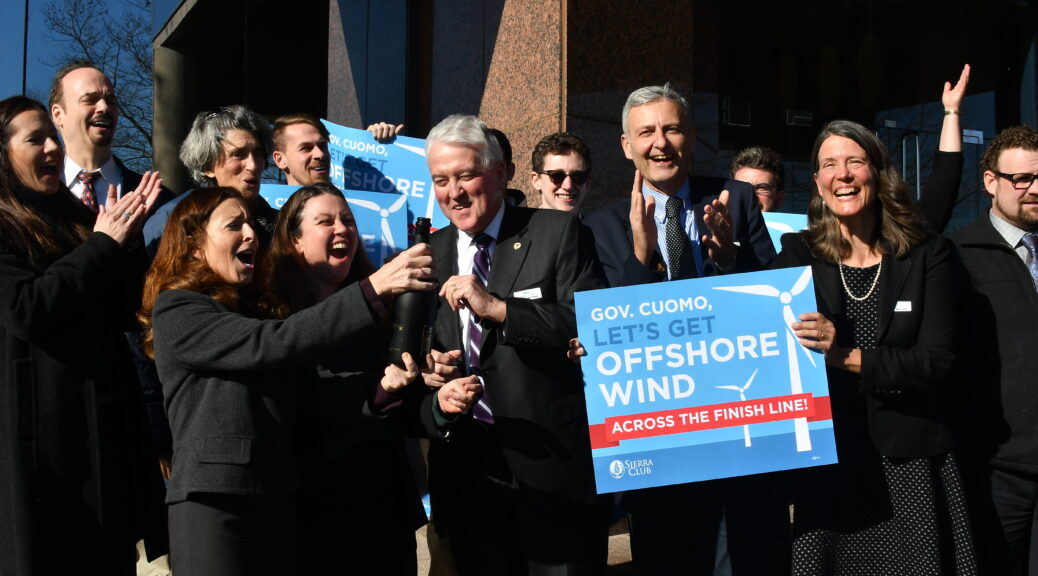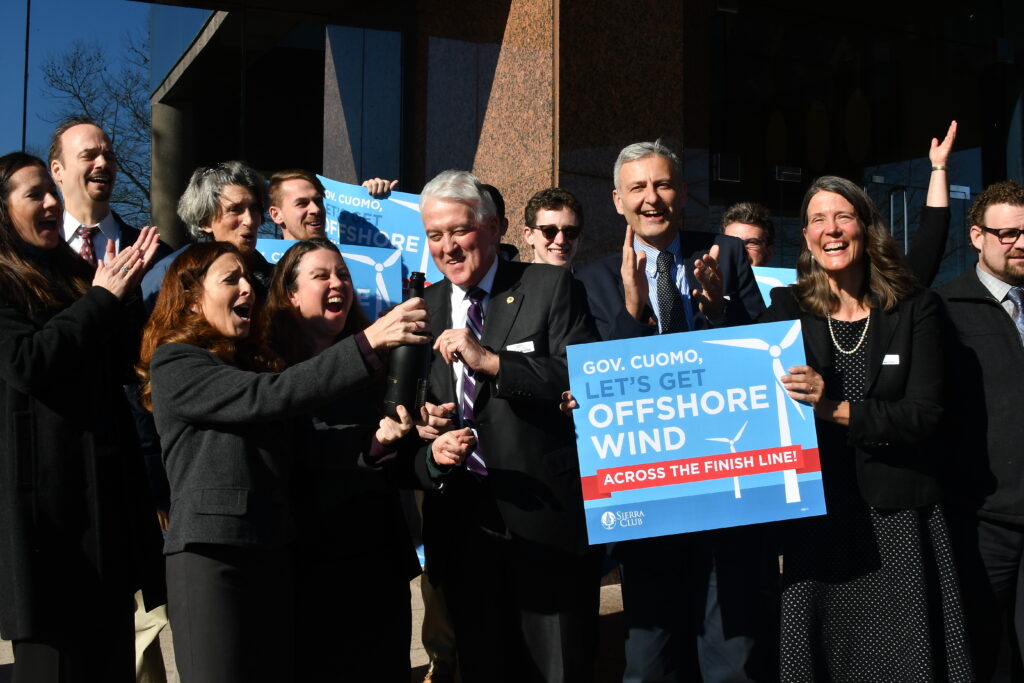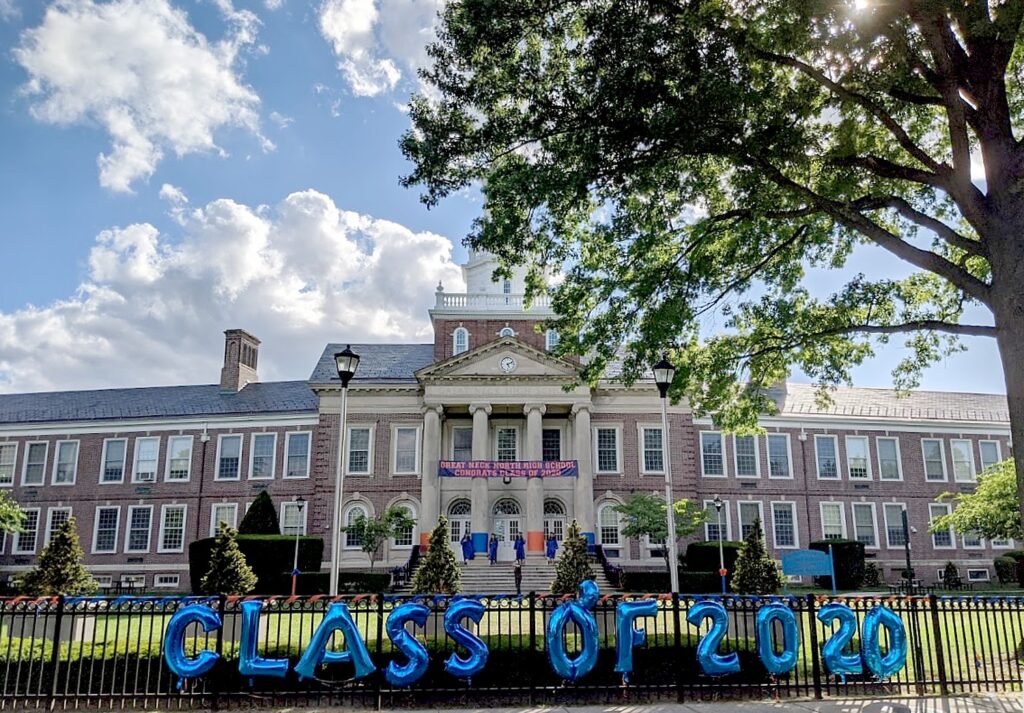
Administration Launches $500 million Grant Program from Bipartisan Infrastructure Law Program to Save Schools Money with Energy Upgrades
Vice President Kamala Harris announced the Biden-Harris Action Plan for Building Better School Infrastructure to upgrade our public schools with modern, clean, energy efficient facilities and transportation—delivering health and learning benefits to children and school communities, saving school districts money, and creating good union jobs. The action plan activates the entire federal government in leveraging investments from the Bipartisan Infrastructure Law and American Rescue Plan to advance solutions including energy efficiency retrofits, electric school buses, and resilient design.
The science of learning and development has shown that students need school environments filled with safety, belonging, and health to learn and thrive. Yet many schools rely on outdated heating, ventilation, and air conditioning (HVAC) systems that make classrooms less comfortable and may pose health risks to students and teachers exposed to contaminants or particles in the air that can trigger allergies or asthma attacks and potentially spread infectious diseases – including COVID-19. Dirty diesel buses pose additional health risks for students on board and the neighborhoods they travel through — and exhaust from idling buses can pollute the air around schools. Studies show that poor air quality inside classrooms takes a toll on student concentration and performance, and diesel exhaust exposure is linked to increased school absences. Reducing this pollution will provide better health and educational outcomes — particularly in low-income communities and communities of color that have long faced underinvestment and the burden of high pollution.
The action plan will save schools and taxpayers money. Public K-12 districts spend roughly $8 billion a year on energy bills — the second largest expense after teacher salaries. Energy efficiency improvements to HVAC systems, lighting, insulation, and other energy upgrades can not only protect the health of our children, but also unlock significant savings to go toward students and learning. Off-the-shelf improvements can provide energy savings of 10 to 30 percent and broader upgrades can unlock even more savings for years to come – all while creating opportunities for good paying union jobs for electricians, carpenters, painters, sheet metal workers, plumbers and pipefitters, and more.
The Administration is seizing the opportunity to align classrooms with the science of learning and development to improve educational equity and environmental justice. The new actions build on President Biden signing the American Rescue Plan into law one year ago, which helped reopen more than 99% of schools with resources to put in place critical health and safety measures like ventilation improvements to make in-person learning safe and accessible for students and educators.
The Biden-Harris Action Plan for Building Better School Infrastructure will:
- Invest in More Efficient, Energy-Saving School Buildings: The Department of Energy (DOE) is launching a $500 million grant program through President Biden’s Bipartisan Infrastructure Law to make public schools more energy efficient. This new program will lower energy costs, improve air quality, and prioritize schools most in need, enabling schools to focus more resources on student learning.
- Improve Classroom Air Quality through the American Rescue Plan: The Administration is supporting states, school districts, and local communities in leveraging American Rescue Plan Elementary and Secondary School Emergency Relief resources to address school infrastructure needs—like repairing, upgrading, or replacing of ventilation systems; purchasing air filters and portable air cleaning devices; and fixing doors and windows so that schools can stay open for in-person learning. Additionally, the Department of Treasury will soon release additional information to help school districts understand how they can use State and Local Fiscal Recovery Funds for a range of air quality and other school facility improvements, including energy efficiency.
- Help Schools Access Resources and Best Practices: The White House is releasing a toolkit to help schools and school districts access available funding, as well as technical assistance opportunities and planning tools to help schools improve air quality, energy efficiency, and more. This new toolkit will further support school participation in the Clean Air in Buildings Challenge, which the Administration recently launched to reduce the spread of COVID-19 and improve indoor air quality in buildings of all kinds, including schools. The Department of Energy is also announcing the inaugural honorees of the Efficient and Healthy Schools Campaign, which provides technical assistance to school districts seeking to implement high-impact indoor air quality and efficiency improvements that will reduce energy bills and improve student and teacher health.
- Expand Clean and Safe School Transportation: The Environmental Protection Agency (EPA), with support from the Department of Energy (DOE), is releasing new online resources to help school districts and other eligible recipients prepare for the $5 billion Clean School Bus Program created by the Bipartisan Infrastructure Law—with the first opportunity to fund clean and electric buses opening later this spring. The DOE is working closely with the EPA to develop targeted technical assistance programs that assist school districts in implementing clean and electric buses effectively into their fleets–starting with a technical assistance video series on electric buses. To support projects that help students safely walk and bike to school, the Department of Transportation (DOT) has provided state and local governments with new guidance to access $90 billion in available federal funding, including Bipartisan Infrastructure Law programs.
- Support for Rural, Tribal, and Puerto Rican Schools: The U.S. Department of Agriculture (USDA) is announcing its full commitment to use its array of rural development loan and grant programs to support electric school bus acquisition, charging station infrastructure, energy efficiency investments at schools, and broadband and distance learning in rural school districts – to accelerate the shift from dirty fuel sources toward school facilities and vehicles powered by clean electricity. DOE is partnering with the Department of the Interior’s Bureau of Indian Education (BIE) to improve the state of our federally-operated schools. And the Administration’s Working Group on Puerto Rico has prioritized supporting school reconstruction.
Today’s announcements build on ongoing efforts to support students, including the Biden-Harris Lead Pipe and Paint Action Plan to reduce lead exposure in 400,000 schools and child care facilities and the Justice40 Initiative, which agencies are implementing to deliver 40 percent of the benefits of federal climate and clean energy investments to disadvantaged communities.
Investments to Improve School Energy Efficiency and Indoor Air Quality
The Administration is advancing a suite of investments to upgrade our K-12 public school facilities, many of which face maintenance backlogs and are long overdue for new equipment. While teachers and education leaders have long raised concerns about the level of comfort and air quality in our classrooms, the pandemic has laid bare disparities in access to healthy facilities, including modern, efficient, and clean HVAC systems. Outdated, inefficient buildings also saddle underserved school districts with higher energy bills and generate significant greenhouse gas emissions, keeping them in a cycle of underfunding operations and overpaying maintenance costs. This Action Plan will help schools make facility improvements that simultaneously deliver health protections, savings, and climate benefits.
Today, the Department of Energy (DOE) released a Request for Information to launch its new $500 million grant program for energy improvements at public school facilities, funded by President Biden’s Bipartisan Infrastructure Law. The projects funded by these grants will improve the quality of the air our students and educators breathe while reducing energy costs and freeing up local funds to invest more in education. These grants can support comprehensive energy efficiency audits and building retrofits, HVAC and lighting upgrades, clean energy installation, and more—along with training to help staff maintain these improvements over the long-term. DOE will prioritize projects in rural and high-poverty schools, and support leveraging of additional private, philanthropic, and public funding to maximize the benefits of these grants. In step with the Administration’s priority to create good union jobs accessible to all workers, the DOE will work to promote high quality labor and equity standards into school improvement grants. The RFI solicits input from schools and other stakeholders on important design considerations to ensure the grant program achieves the greatest reach and impact.
The Administration is also leveraging the American Rescue Plan, which President Biden signed into law one year ago, to address a range of health and safety issues in schools. The American Rescue Plan’s Elementary and Secondary School Emergency Relief program has provided $122 billion to states and districts to help schools stay open and address the significant academic and mental health needs of students resulting from the pandemic. Additionally, the American Rescue Plan also includes $350 billion in State and Local Fiscal Recovery Funds to support a wide range of pandemic response and recovery efforts, including school improvements to ventilation and building energy systems that reduce energy costs and support healthy environments. And, according to independent analysis, school districts are already planning to spend $15 billion of these funds to address facilities issues impacting student and staff health and safety, such as improving indoor air quality. The Department of Treasury will soon provide additional clarity to help recipients of State and Local Fiscal Recovery Funds understand how they can partner with local education agencies to use more of these funds for building upgrades and construction, including pre-project development costs, such as building assessments, energy audits, and feasibility studies. The Department of Education continues to outline how states and districts can use its funds for repairs and renovations, including improving indoor air quality through HVAC upgrades and door and window replacement, and ensuring clean drinking water in schools.
New Resources and Recognition to Support Schools
To help schools access funding sources and technical assistance opportunities, the White House is releasing a toolkit mapping out available resources across the federal government for school infrastructure upgrades. By compiling resources and programs from across the federal government, this toolkit will help state and local officials find the support they need for building assessments, air quality improvements, energy efficiency upgrades, lead removal, resilience planning, and more. It builds on the Administration’s priority on improving indoor air quality through the Clean Air in Buildings Challenge, to help reduce the spread of COVID-19 in buildings and to deliver better health outcomes and protection for all building occupants.
To support and uplift schools and districts undertaking this critical work, the Administration is announcing the first round of honorees as part of the Efficient and Healthy Schools Campaign, which provides technical assistance to school districts seeking to implement high-impact indoor air quality and efficiency improvements that will reduce energy bills and improve student and teacher health. This innovative campaign has a goal of reaching 5,000 schools by the end of 2022. To date, 26 school districts across 16 states have joined or are prepared to join the campaign—representing over 1,500,000 students in 2,600 individual schools—more than half way toward the campaign’s goal.
Today, the Campaign announced its first round of awards to eight school districts for their best-in-class efforts across four categories: Efficient HVAC Technologies, Inspection & maintenance, Ongoing Monitoring & Analytics, and Team Approach to Support Strategic Investments. The inaugural honorees include:
- Adams 12 Five Star Schools, CO
- Boulder Valley School District, CO
- Charleston County School District, SC
- Columbia Public Schools, MO
- Davis School District, UT
- Greenville County Schools, SC
- Mariposa County Unified School District, CA
- Newark Board of Education, NJ
DOE is also accelerating a range of grants, technical assistance, and lending to support schools along each step of the school improvement process. These efforts include the Better Buildings Challenge and its K-12 Sector partnerships; DOE’s new tool—eProject eXpress—that can support state and local governments and K-12 schools in project management for energy saving performance contracts, and help leverage financing to maximize impact; and DOE’s Loan Programs Office Renewable Energy and Efficient Energy Solicitation that can be accessed by schools to provide up to $3 billion in loan guarantees for retrofit projects.
And to ensure that schools are supported in creating healthy, safe, sustainable, 21st century learning environments, the Department of Education is proposing a new Office of Infrastructure and Sustainability, as part of the President’s FY2023 Budget. This office would oversee a proposed National Clearinghouse on School Infrastructure and Sustainability and administer the ongoing U.S. Department of Education Green Ribbon Schools recognition award. The proposed National Clearinghouse on School Infrastructure and Sustainability would provide technical assistance and training to state and local education agencies on issues related to educational facility planning, design, financing, construction, improvement, operation, and maintenance, including green building design and operation practices consistent with the Administration’s commitment to tackling the climate crisis. The Clearinghouse would also develop resources and assemble best practices on issues related to ensuring equitable access to healthy, educationally adequate and environmentally and fiscally sustainable public-school facilities and grounds. To set the stage for this new office, the Department of Education recently named a Special Advisor for Infrastructure and Sustainability to spearhead agency-wide consideration of how existing programs might support school sustainability and infrastructure.
These actions build on the Biden-Harris Administration’s Clean Air in Buildings Challenge, which calls on all building owners and operators, schools, colleges and universities, and organizations of all kinds to adopt key strategies to improve indoor air quality in their buildings and reduce the spread of COVID-19. It serves as a call to action to assess indoor air quality and make ventilation and air filtration improvements to help keep occupants safe. The Environmental Protection Agency (EPA) published a best practices guide for improving indoor air quality and reducing the risk of spreading dangerous airborne particles.
Clean and Safe School Transportation
School buses safely transport more than 25 million children every day across America. However, diesel exhaust from buses produces particulate matter and other pollutants that can cause lung damage and aggravate asthma and other health problems in children. Through the Bipartisan Infrastructure Law, the Environmental Protection Agency and the Department of Transportation, with support and technical assistance from the Department of Energy, are making historic investments in cleaner school buses and safer school transportation routes.
Today, the Environmental Protection Agency is building public awareness for the new $5 billion Clean School Bus Program created by President Biden’s Bipartisan Infrastructure Law. Throughout the next month, EPA will regularly post new online resources and webinars for the Clean School Bus Program to help school districts and other eligible recipients prepare for the first round of applications. These resources build upon EPA’s public education and outreach effort, to gather ideas and increase awareness within communities and school districts, particularly for lower-resourced schools—in support of the President’s Justice40 commitment.
The Department of Transportation is helping communities take advantage of funding to support safer routes to schools made available by the Bipartisan Infrastructure Law. The Safe Routes to School (SRTS) program at DOT helps communities plan, design, and construct infrastructure projects that increase healthy transportation choices and substantially improve the ability of students to walk and bicycle safely to school—particularly in communities underserved by safe transportation options. Since 2015, the SRTS program has supported over $1 billion in safe school route projects benefiting nearly 7 million students across more than 17,000 schools—a third of which were in disadvantaged communities and Title I schools.
The Bipartisan Infrastructure Law expanded the eligibility of the SRTS program to schools through 12th grade and added eligibility for safe school route projects through the nearly $17 billion-per-year Highway Safety Improvement Program—including for use in training and education.
Support for Rural, Tribal, and Puerto Rican Schools
The U.S. Department of Agriculture announced today a new commitment to support school facility and vehicle electrification, including school buses. In support of this commitment, USDA released a new guidance that informs how Rural Development programs can support rural electric cooperatives to advance electrification projects for schools and other public facilities and vehicles.
These funding and assistance programs can support rural utilities like those in a newly formed Electric Cooperative School Bus Initiative , a collaboration of more than 350 local distribution cooperatives across 32 states, providing educational and administrative support to help rural communities access funding for electric school buses and school bus infrastructure.
Additionally, DOE is partnering with the Department of the Interior’s Bureau of Indian Education (BIE) to improve the state of our federally-operated schools. Aligning with the President’s Justice 40 Initiative, the DOE Federal Energy Management Program (FEMP) is assisting BIE to initiate a set of pilot assessments in Tribal schools for energy efficiency and indoor air quality projects.
The Administration’s Working Group on Puerto Rico has prioritized supporting school reconstruction efforts on the island. Agencies collaborated on a toolkit in both English and Spanish outlining federal resources available to help Puerto Rico recover and rebuild safe, healthy and modernized school facilities. Agencies have also provided technical assistance to Puerto Rican officials on how they can leverage multiple funding streams to rebuild, repair, and modernize their schools.
Support for Training and Workforce Development
School improvements provide critical training opportunities for building an effective workforce. Large school projects often last multiple years and draw upon a large mix of trades. This continuity of training and employment makes them ideal opportunities for pre-apprenticeship and apprenticeship programs that lead directly to good-paying careers. And when done alongside the President’s Justice40 Initiative, these investments will prioritize under-resourced schools while also investing in communities that can benefit from long-term training and employment.
The Department of Labor’s Good Jobs Initiative is supporting federal agency partners as they embed job quality and equity policies into their infrastructure investments. The Good Jobs Initiative is supporting federal agency partners as they work to leverage their infrastructure investments to provide meaningful opportunities for all communities to enter good paying union careers.
The wide array of federal offerings can support initiatives such as the Carbon Free and Healthy Schools campaign–which is led by labor unions in collaboration with students, parents, and climate advocates across the country–to create safe, healthy, and cost-effective school environments through building retrofits and solarization, while supporting strong labor standards and robust worker training opportunities. The campaign is currently working with school districts representing more than five million students across Texas, California, Illinois, New York, Connecticut, Rhode Island, Michigan, Maine, and Wisconsin, with more state campaigns in formation.

